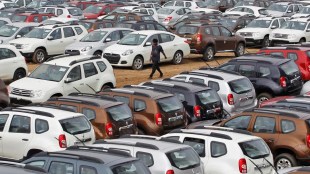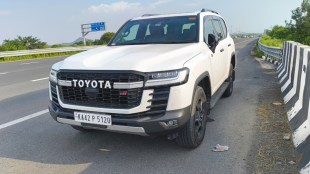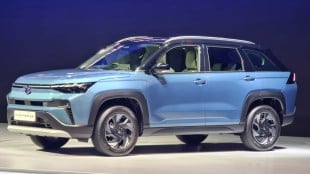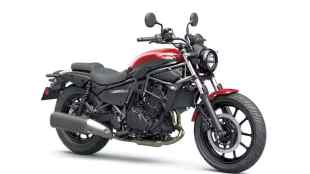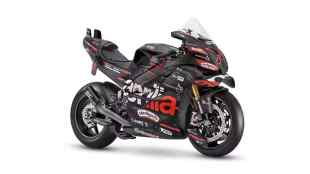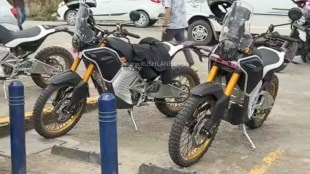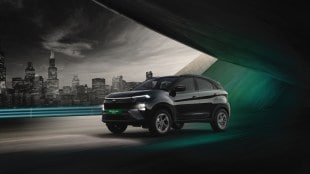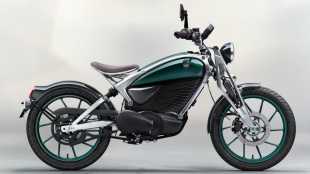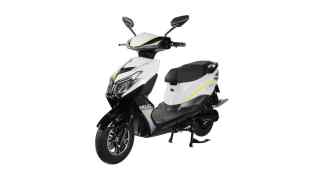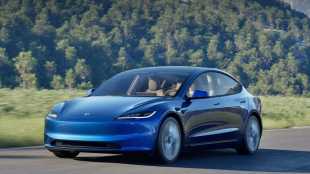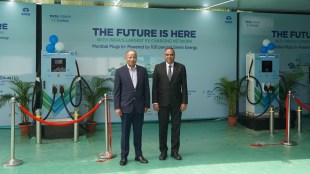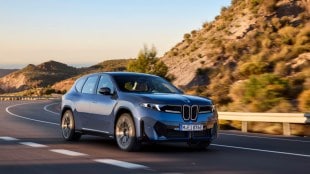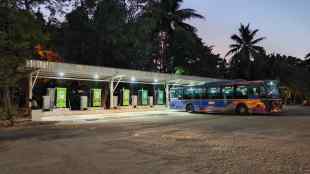Ever since Renault announced that it will bring back the Duster to India in an upgraded avatar, there has been considerable buzz around the compact C-segment SUV. Owned by Romanian-brand Dacia, Duster was sold in India between 2013 and 2023 as a Renault, the parent company of Dacia.
Slated to make its India debut around November next year, the Duster is a very popular model in European markets as well. The SUV was recently crash tested by the European New Car Assessment Programme (Euro NCAP) and it was awarded an overall safety rating of 3 stars.
Renault Duster Euro NCAP crash tests
The Euro-spec Duster scored 70 percent in adult occupant protection (AOP), 84 percent for child occupancy (COP), 57 percent for safety assist systems and 60 percent for vulnerable road users (VRU). The prototype crash tested by Euro NCAP was running on a 1.6-litre turbocharged petrol engine with a hybrid setup, powering the front wheels. However, the safety rating is applicable to other variants of Duster too.
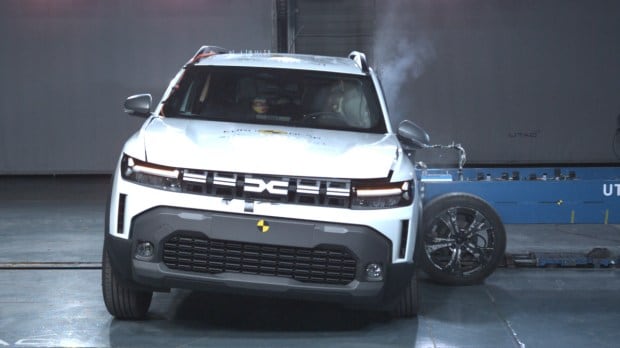
In the Adult Occupant Protection (AOP) category, the new Duster scored 28.1 points out of 40. This category consisted of the Frontal Impact test, Lateral impact test, and Rear impact test, scoring 11.4, 12, and 3.6 points, respectively. The Euro NCAP also comprises Rescue and Extrication tests in the AOP category where it scored 1.2 points out of 4.
The Dacia Duster performed well in side impact tests, earning maximum points for protecting occupants in both side collisions and the more forceful side pole impact. However, the frontal crash tests revealed some weaknesses.
While the passenger compartment held up well and protected the knees and femurs of both driver and passenger, the driver’s chest received only marginal protection in both the frontal offset test and the full-width rigid barrier test. Encouragingly, the Duster’s seats and head restraints aced the whiplash protection test, suggesting good defence against neck injuries from rear-end collisions.
The Dacia Duster performed well in child safety tests, offering good protection for both 6 and 10-year-old dummies in frontal and side collisions, with only the 10-year-old’s neck rated as “adequate” rather than “good.” The Duster allows for a rearward-facing child seat in the front passenger spot by disabling the airbag, but it lacks a child presence detection system to warn of an unoccupied seat with an active airbag. However, the car can safely accommodate and install all child restraint types it’s designed for.
Renault Duster Euro NCAP safety equipment
The Europe-spec Duster’s safety package offered some driver assistance features. The AEB system adequately reacted to other vehicles on the road, potentially helping to avoid collisions. However, the car missed out on points for its seatbelt reminder system because it lacked rear occupant detection, a requirement for scoring. The lane support system provided lane departure warnings and could even intervene in critical situations to keep the car in its lane.

